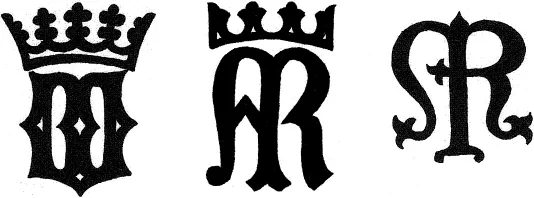
Saints, Signs, and Symbols
The Symbolic Language of Christian Art
Hilarie Cornwell, James Cornwell
- 168 pagine
- English
- ePUB (disponibile sull'app)
- Disponibile su iOS e Android
Saints, Signs, and Symbols
The Symbolic Language of Christian Art
Hilarie Cornwell, James Cornwell
Informazioni sul libro
This thoroughly updated and comprehensive edition enhances the classic work as a guide to symbolism in Christian liturgical art, architecture, manuscripts, stained glass, and more.
This edition is more heavily pictorial in an effort to provide an even stronger resource for artists and researchers, as well as the general browsing public. It addresses the rich history of Christian symbolism, presented for the twenty-first century reader.
This unique resource offers page after page of line drawings depicting sacred monograms, saints, crosses, altars, flowers, fruits and trees, plus symbols of the Jewish and Christian Scriptures, the Church Year, the Apostles, the Holy Trinity; and much more. Completely updated and with ecumenical appeal, this useful new reference book expands on its earlier and well-earned reputation for providing clear and reliable information on Christian symbolism.
Domande frequenti
Informazioni
PART I: The Lord and the Saints
God the Father
The Hand of God
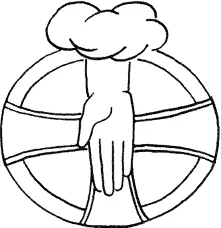
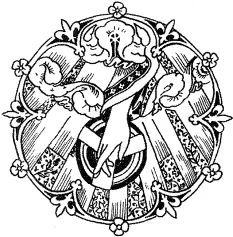
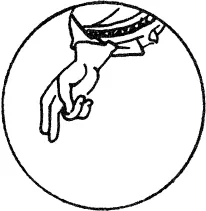
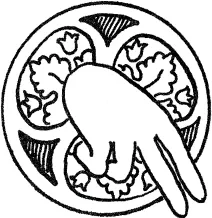

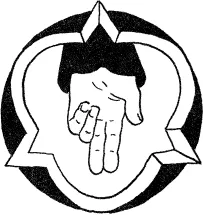
God the Father in Human Form
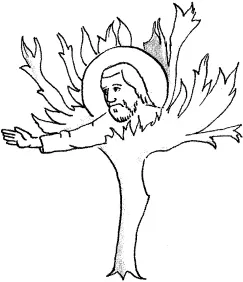

God the Son
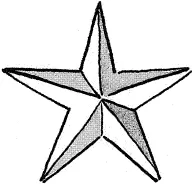
Revelation 22:16b: “I am the root and the descendant of David, the bright morning star.”
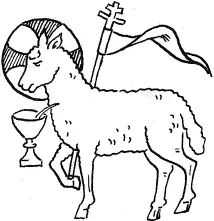
Modeled after a fourteenth-century stained glass. Carrying the banner of Victory.
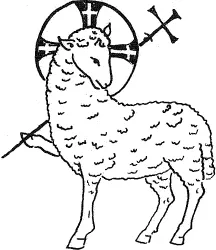
After a tenth-century Italian sculpture.

On the book of seven seals from Revelation 5:1-6.
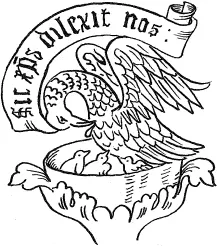
see Birds section
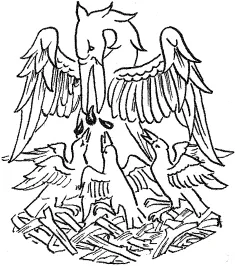
see Birds section

After the mausoleum of Gella Placidia, in Ravenna, Italy.
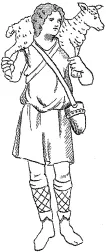
After several statues from the third century C.E.
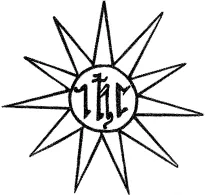
Arguably from the Hours of the Virgin: “Verily thou art happy o sacred virgin Mary, and most worthy of all praise: Because Christ our God the sun of righteousness is sprung from thee.”
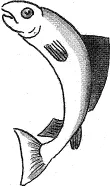

An acronym for “Jesus Christ, Son of God, Savior” in Greek.
God the Holy Spirit
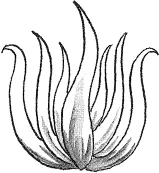
The “cloven flame” of Pentecost.

A seven-branched candelabrum representing the seven gifts of the Holy Spirit: spiritual strength, knowledge, true godliness, counsel, understanding, wisdom, and holy fear. (Can also be rendered as seven lamps.)

The oldest and most common rendering of the Holy Spirit is the descending dove, cited in all four Gospels as the herald of the Father's approval of his Son on earth.
The Holy Trinity
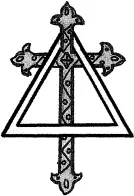
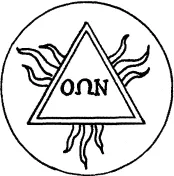

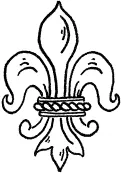
Also a symbol of the Virgin, where it is seen to represent the lily of purity.

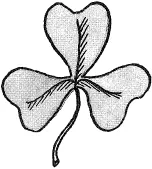
Familiar legend tells of Saint Patrick being faced with a group of pagans who demanded that he prove how the Father, Son, and Holy Spirit can be three persons and one in essence at the same time. Patrick is said to have plucked a shamrock from the turf and proceeded to question the pagans: “Is this one leaf or three? If three, why does it have only one stem? If one, why does it have three lobes?” When they could not answer, he said: “If you cannot explain the simple mystery of the shamrock, how can you hope to understand the profound mystery of the Holy Trinity?”
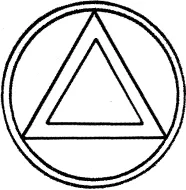
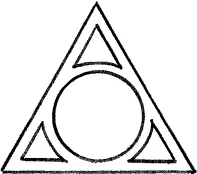

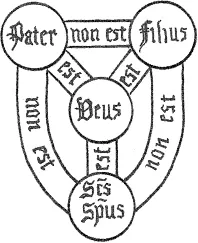
Sometimes referred to as the Holy Trinity's “coat-of-arms,” this diagram illustrates the relationships between the three Persons of the Trinity and the Lord God: God in the center; the Father, Son, and Holy Spirit in each of the three corners, and paths between each Person marked either “IS” or “IS NOT” in Latin, highlighting the mystery of the simultaneous uniqueness, equality, and oneness of each in the wholeness of God.
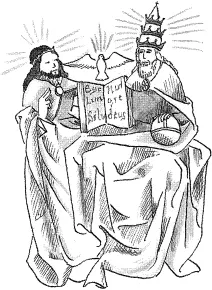
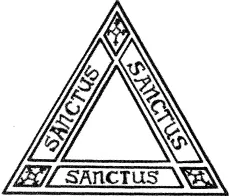
The Vírgín

Refers to Mary, whose glory is borrowed from the Sun of Righteousness as the light of the moon is reflected from the sun. Originally a symbol of the Greek goddess Diana, the fathers of the early church adopted this sign to ease the transition for converted Hellenic Christians.
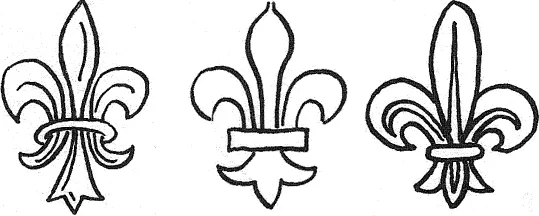
Many authorities believe that the fleur-de-lis is stylized of the Annunciation lily, thus its association with the Virgin Mary.
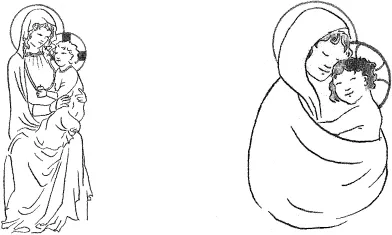
typical from the twelfth century to modern times.
